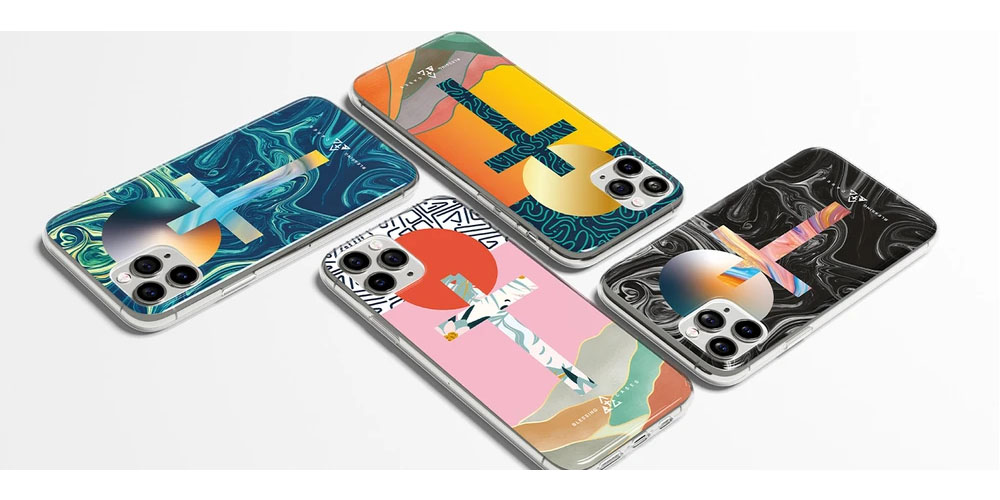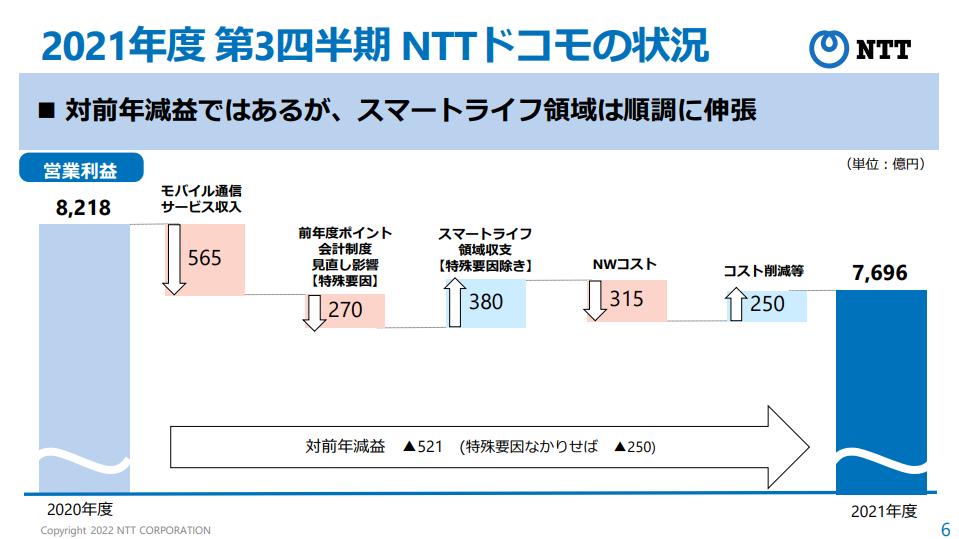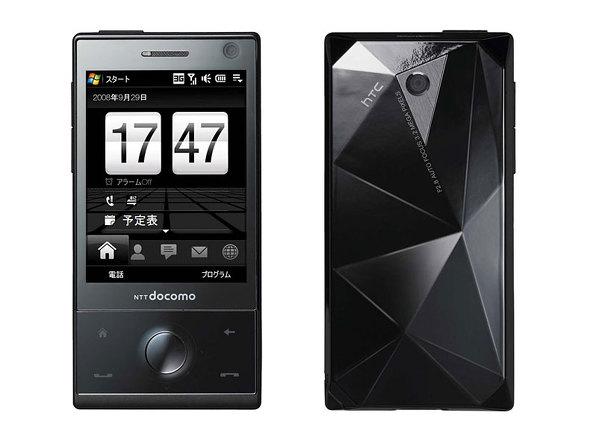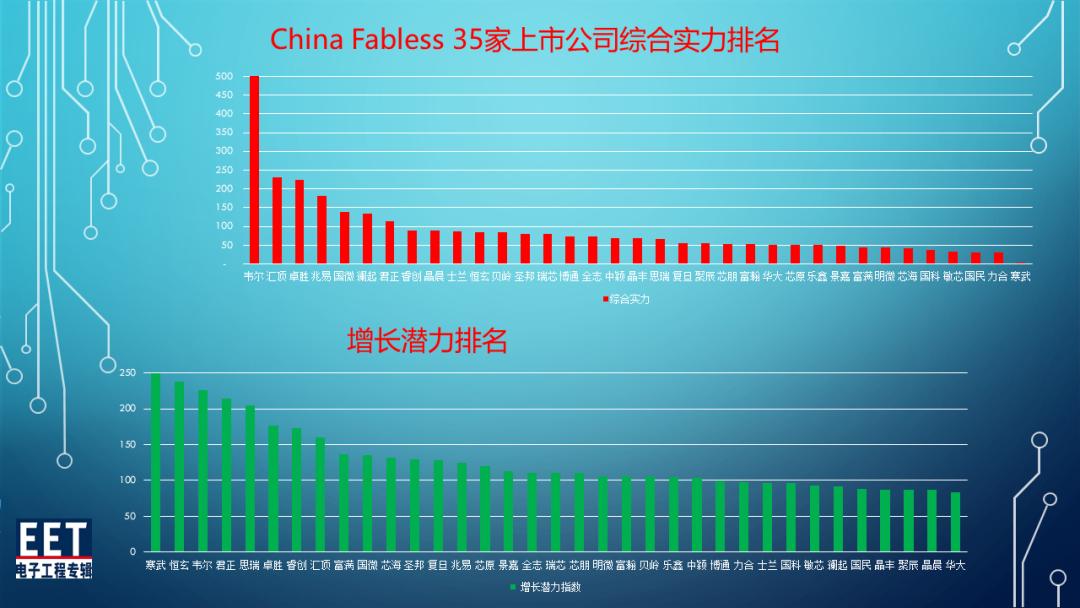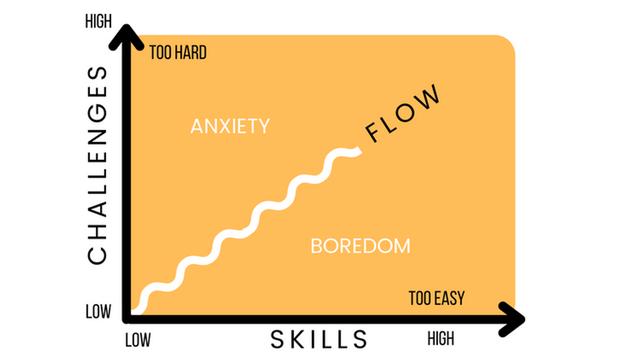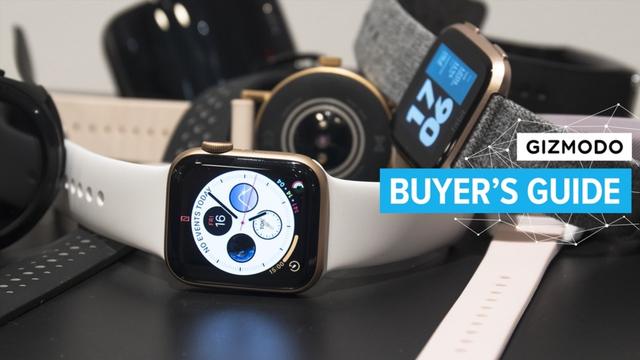When and who made this function for smartphones first?Looking back on the great 11 technology
Not only Apple (Apple) or Google (Google).
In 2007, Steve Jobs in a black turtleneck has been 15 years since he released his iPhone.Apple has spread various functions that are mobile computing stalls, such as touch screens and App Store, to the general public through the early iPhone.
After that, not only Apple, but also various companies and developers have been connected to smartphones as of 2022.Thanks to this, we can use smartphones in various forms, such as media viewing, content creation, communication, etc., and each usage is improved every day.Here, I would like to look back on innovation on smartphones since the iPhone and praise the achievements of companies and developers who have realized them without losing difficult tasks.
Here, I picked up 11 technology, but if there is anything missing, please point out.
1.Camera lens more than dual
The dual camera phone was present before the smartphone era, but the first dual camera purpose was 3D photography.The second lens was listed on the first lens to improve the quality of the photo.The difference between M8 and G5 is what you do with a lens?was.The M8 had only one camera for shooting, and the second lens functioned as a depth sensor for fine adjustment of photos.The G5 is easier to understand, the standard camera is 16 million pixels, the secondary lens is an ultra -wide -angle of 8 million pixels, and the viewing angle is expanded to 135 degrees, so that it is magnificent landscapes, large cities, or nearby.When taking a subject, it is possible to put a lot of things on one screen without connecting the photos.
HUAWEI later launched P9 in partnership with Leica, which was one of the dual lenses on the back.You can take monochrome photos normally, but by integrating the information captured by monochrome lenses with standard lenses, they showed the magic that you could not do before.After that, Apple launches a combination of 12 million pixels + 12 million pixels and optical zoom lenses on iPhone 7 Plus.And with the current flagship smartphone, you no longer have to worry about zooming or ultra -wide angle.Galaxy S22 Ultra, Pixel 6 Pro, iPhone 13 Pro Max also include standard, ultra -wide angle, and telephoto lenses.
2.AMOLED display
The first of the AMOLED (Active Matrics Organic EL) display on the smartphone was Nokia's high -end terminal N85 born in 2008, and the screen is 2..It was a 6 -inch MATRIX OLED.Since then, AMOLED has been on all major branded flagship terminals, and has been installed on the iPhone X on the iPhone.There is enough reason to be hired.Colorful, perfect black and infinite contrast ratio, and less power consumption.
The new display technology has recently appeared like miniled, microled, or new type OLED, but the chose of iron plate is still amored with a flagship mobile device.
3.High -speed charging
Wireless charging is good when you have time, but it is not enough to replenish the battery after using it during the day.The savior at that time is the high -speed charging function.There is room for debate which smartphone was the first to be installed, but the best is Oneplus.
In the Wamplast "Warp Charge", it can be charged to warp from 1 % to 58 % in 15 minutes and 100 % in 40 minutes.If you have never experienced one plus or have never charged the same high -speed charging, this is a game changer.
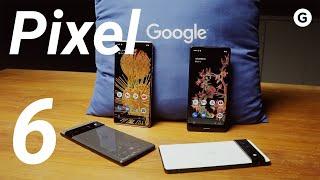
4.Wireless charging
Regarding the wireless charging, I have to thank Nokia (before Microsoft bought).The first wireless charging smartphone is Nokia Lumia 920, and the Qi standard used at that time is still used by Samsung (Samsung), Apple, Google, and One Plus.If you use wireless charging, you can search for the tip of the cable and insert it into the hole, so it is OK just to put it on a pong and charging pad.
There are also drawbacks in wireless charging.For example, it's not really "wireless", and the charging pad has to be connected to a power supply with a cable, or the charging efficiency is low.There are also side effects such as the back of the smartphone into glass to increase the conductivity of the Qi standard.In that regard, the Nookia used polycarbonate, so in that sense, his achievements will be even greater.
5.Fingerprint sensor and face authentication
The first smartphone with a fingerprint scanner was Motorola Atrix, two years before the Touch ID was introduced on Apple's iPhone 5s.Or rather, Atrix was a really unconventional terminal.In addition to the small rectangular fingerprint scanner at the top of the main unit, the centerpiece is an accessory called Lapdock that can be used in a small lap top by inserting Atrix.When Atrix is inserted into Lapdock, the shell moves Linux, seeing the web there, doing netbook tasks, and 11 Atrix screens..I could mirror to the left side of the 6 -inch display.
ATRIX's fingerprint authentication has approached us a world without passcode and swipe patterns.He was able to log in to his smartphone in an instant, and added a new security layer.The fingerprint sensor was standard on the flagship smartphone, and was subsequently complemented or replaced by face authentication.The face recognition technology appeared on Android 4 in 2011, but the first generalization (and implementation) was the 2017 iPhone X.Now, many flagship smartphones have both faces and fingerprint authentications, and fingerprint sensors are embedded under the screen.
6.Virtual Assistant
Everyone may have a lot of things about Apple's Siri, but its influence was great.It can be said that not only the smartphone but also the whole gadget after that was fundamentally changed.At first, it was released as an iOS app in February 2010, and many people were seen in the form of integration into the iPhone 4S.Siri was the first audio assistant to complete the task with a voice and get the information without getting a smartphone.Other tech companies follow the flow of voice assistants, and there are some places that have worked (Google), and some places that are not (Samsung and Microsoft).
Currently, smart assistants are in all gadgets, including smart home devices.Samsung makes a refrigerator to talk to, and that is it?I think that being able to use digital assistants in CarPlay and Android Auto can support many people by preventing them.
7.3G/4G LTE/5G
5G is still not good, but if the mobile network is not evolved, there is no current smartphone.The first iPhone did SMS, MMS, and (very) slow data communication with 2G networks, but with the iPhone 3G, the contents were much faster.The first communication standard that achieved a sufficient speed for various uses such as web browsing, video chat, and video viewing was 3G.However, it was from the appearance of 4G LTE in 2010 that I was able to experience more rich multimedia on my smartphone.Tasks that handle large data such as HD videos, games, and streaming are now possible with the 4G network that everyone is still using.
Now we are shifting to 5G, which is very slow, and it seems to be long, but we have made a lot of progress.There are various flavors in 5g, but in any case, it is much faster than 4G, the latency is low, and the capacity and bandwidth are large.5G can be a replacement for home Internet, contributing to high -resolution video streaming, VR / AR, and cloud gaming.
8.Portrait mode
The first thing I did was another place, but it seems that it is an Apple's achievement in the world ... but one of them is a portrait mode that can easily create a single -lens reflex blurred blur.But there is a legitimate reason for portrait mode.Google's "lens blur" function was a portrait mode run that could be used in the early Pixel smartphone, but unlike the recent one, there was only one lens, and it was a way to blur the background with only algorithm.I could use it without any problems, but I couldn't use it as much as the portrait mode that appeared in the iPhone 7 Plus.
Apple's portrait mode used two lenses from the beginning to cut the foreground and background well.This function, which reproduced the single -lens reflex -like finish, was immediately hit, especially for Instagram users who are particularly eye -catching.
9.Computational photography (or night mode)
The smartphone camera was rapidly replaced digital cameras, but no matter how good it was, it was not always possible to shoot well in a dark environment at night or in a dark environment.However, everything has changed from "Night Mode" of Huawei Mate 20 Pro and Google Pixel 3 "Night Sight".Now, if you fix your hands and take a little time, you can take a clear and no noise image in a dark environment.You can take a picture of the night as if you were building a professional lighting.The details that have been no longer visible in the shadows have suddenly become clearly visible.
Google has demonstrated Night Sight that the software first approach can revolutionize the hardware -dependent camera function.It didn't take time for competitions such as Apple and Samsung to launch their own night mode.
10.Goodbye bezel, welcome screen
In 2014, Sharp's AQUOS CRYSTAL was the first smartphone with the "Bezeles" display.However, the meaning of "bezelless" is a little different from now, and the bezel of AQUOS CRYSTAL is not on the right, right, left, but the front camera and microphone are left firmly.I was.Soon, Samsung Galaxy Note Edge appeared, but there were also lower bezels (for power button) and upper bezel (for camera).
Since then, smartphone companies have abolished the home button, stretched the screen in all directions up, down, left and right, and realized almost bezelless.The front camera fits in the notch or in the screen punch hole on the screen, and the fingerprint sensor is under the screen or the touch gesture replaces the button.
11.Folded screen
Folding smartphones are not standard at all!You can hear the scolding voice, but it's an exciting technology.The recent folding smartphone has been much better than before and the price has dropped.The first Galaxy Fold was not removed when talking about folding smartphones, but it was really delicate, the review machine was recalled before the launch, and the release itself was postponed until the new version was released.
Still, Samsung has released a new version.The second work was rugged and the price was too high, but the first durability problem would be solved and it would work properly someday.Finally, with the latest Galaxy Z Fold 3, folding has come to be thought to be the next tide of the smartphone world.
I've seen 11 techniques, but if you have any things that say, "No, do it!"

